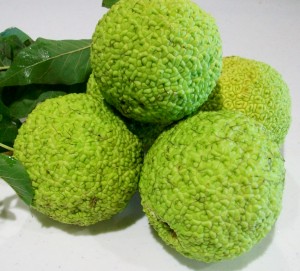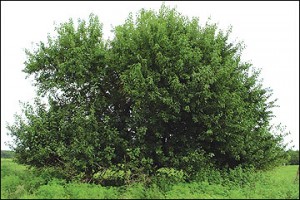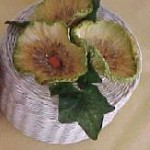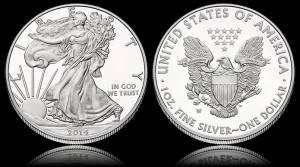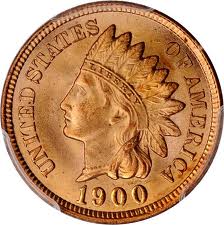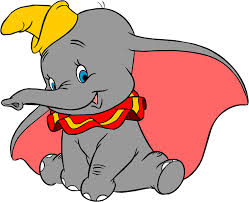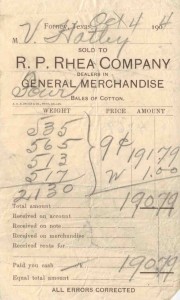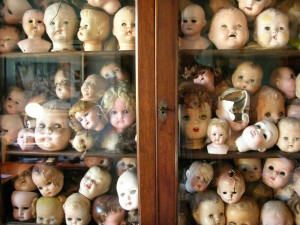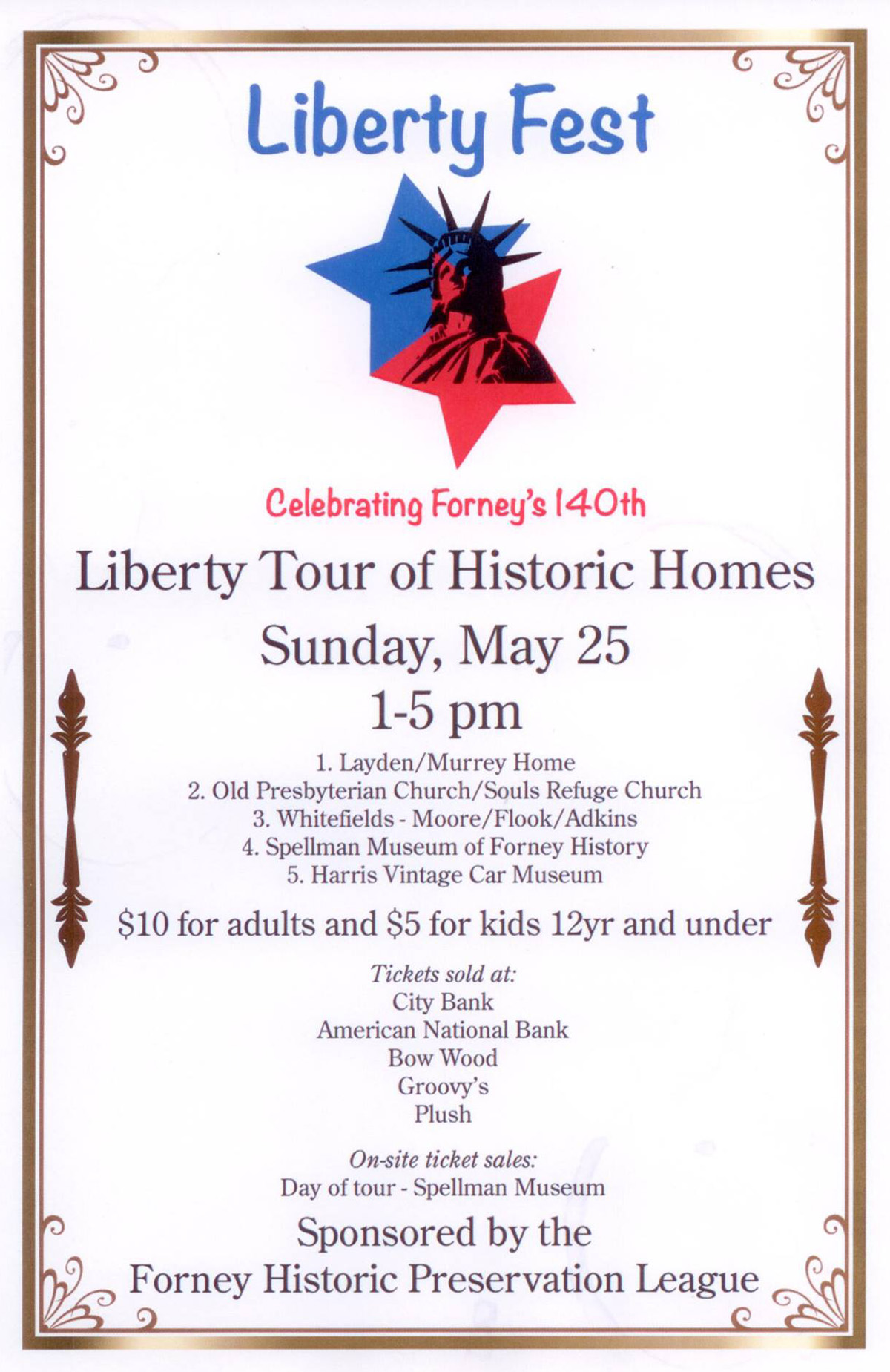Horse apples. Hedge apples. Monkey balls. I’m talking about the fruit of the bois d’arc tree, or osage orange. We have a lot of bois d’arcs around Forney (we pronounce it BO-dark). Last week our webmaster Tracy brought in some horse apples that she cut from a tree near White Rock Lake. They don’t usually ripen and fall to the ground until autumn.
Bois d’arc trees don’t really look like much. They’re kind of brushy and non-descript. But they played an important role in Forney history (before there actually was a Forney) as the area’s earliest agricultural commodity.
As settlers arrived in this part of Texas, one important natural resource was timber. Hardwoods such as ash, walnut, pecan, bois d’arc, and oak flourished in the bottoms of the East Fork and had value as fuel, furniture, and wagon parts.
The bois d’arc was especially prized for being very dense and rot-resistant which made it ideal for building materials such as fence posts, railroad ties, foundation piers, and street pavers. Early settlers traded the wood with Indians who used it to make bows. The thorny trees could be used as windbreaks or hedgerows along property lines before barbed wire. As early as the 1850s, John M. Lewis was harvesting and selling the seeds for that purpose.
In the 1880s Forney shipped bois d’arc to Dallas to build its downtown streets. In downtown Forney, portions of the sidewalks along Bois d’Arc and Center streets were paved with bois d’arc, too. William Cisel, known as “Bois d’Arc Bill”, was Forney’s largest dealer while James A. Bolding’s Forney factory made bois d’arc walking sticks to sell at the 1893 World’s Fair in Chicago.
You still can find older houses in northeast Texas with bois d’arc fence posts or foundation blocks, the wood having lasted a century or more. Cattle, hay, and cotton eventually overtook bois d’arc production as a staple of the Forney economy.
Today, bois d’arcs still make good hedge trees but don’t enjoy the popularity they did before wire or metal fences became the norm. The wood has a very close grain and an attractive yellow-orange color that darkens to brown. A very dedicated woodworker may make carved bowls or guitars using this dense species.
As for horse apples, some people swear that they repel roaches and spiders when thrown under the house or stored in a closet. The fruit isn’t technically poisonous to humans but is considered inedible. Deer and hogs might eat them, though, and squirrels will dig at them to get to the seeds. When cut, horse apples exude a milky, sticky sap that many find irritating to the skin, and thorns on the bark and branches of the tree can prick pretty good. So, why would anyone bother messing with them?
Or you can do what my family did as kids, namely throw them at the fence, the house, or even each other to see if they would burst.
If you’re feeling crafty, check out these websites for inspiration:
Don’t forget to wear gloves for sticky protection. And if you find yourself in a horse apple fight you better be quick on your feet. Those suckers will leave a bruise.
Tell us your bois d’arc and horse apple stories on our facebook page.
Thanks,
Kendall


